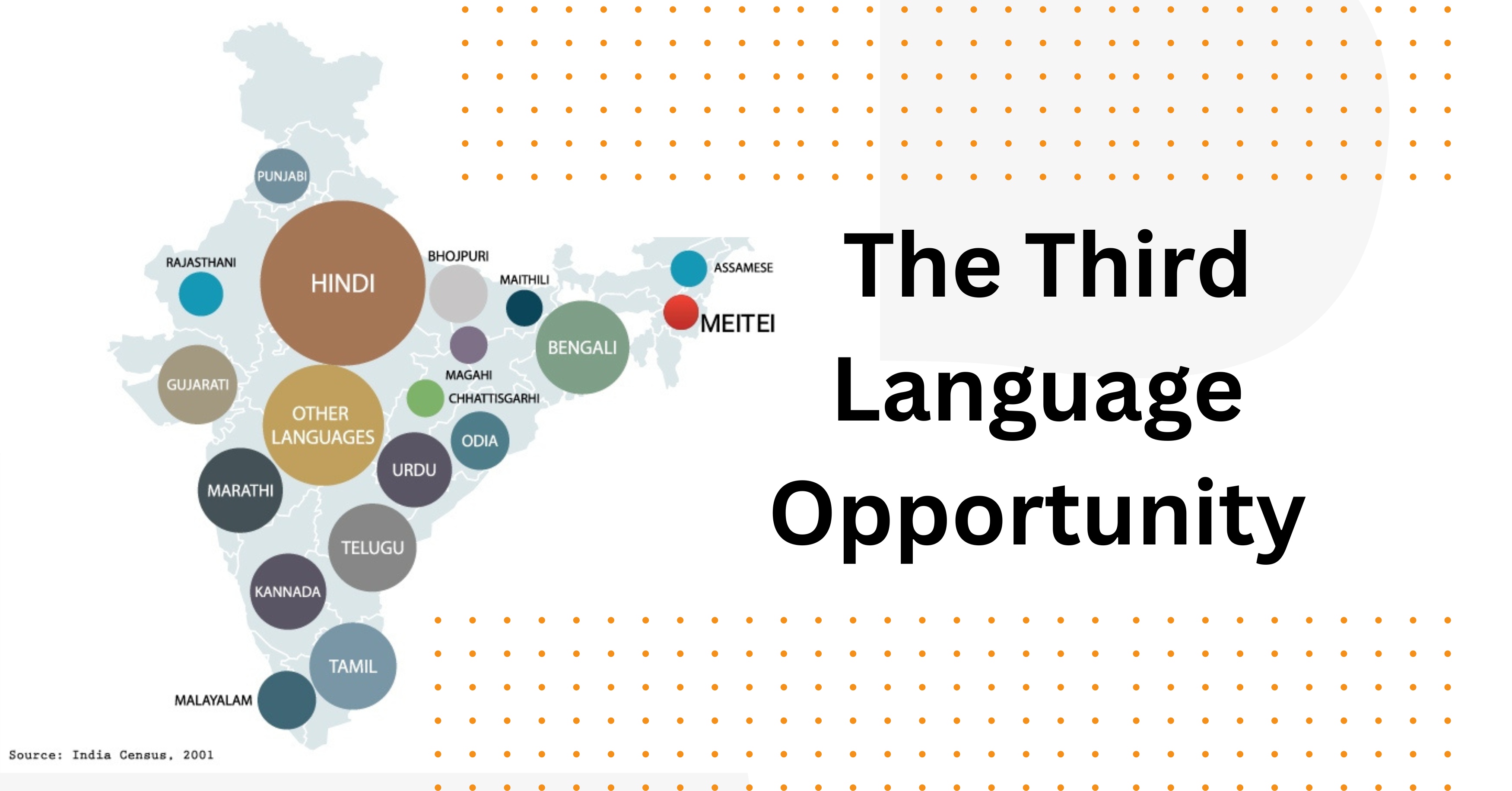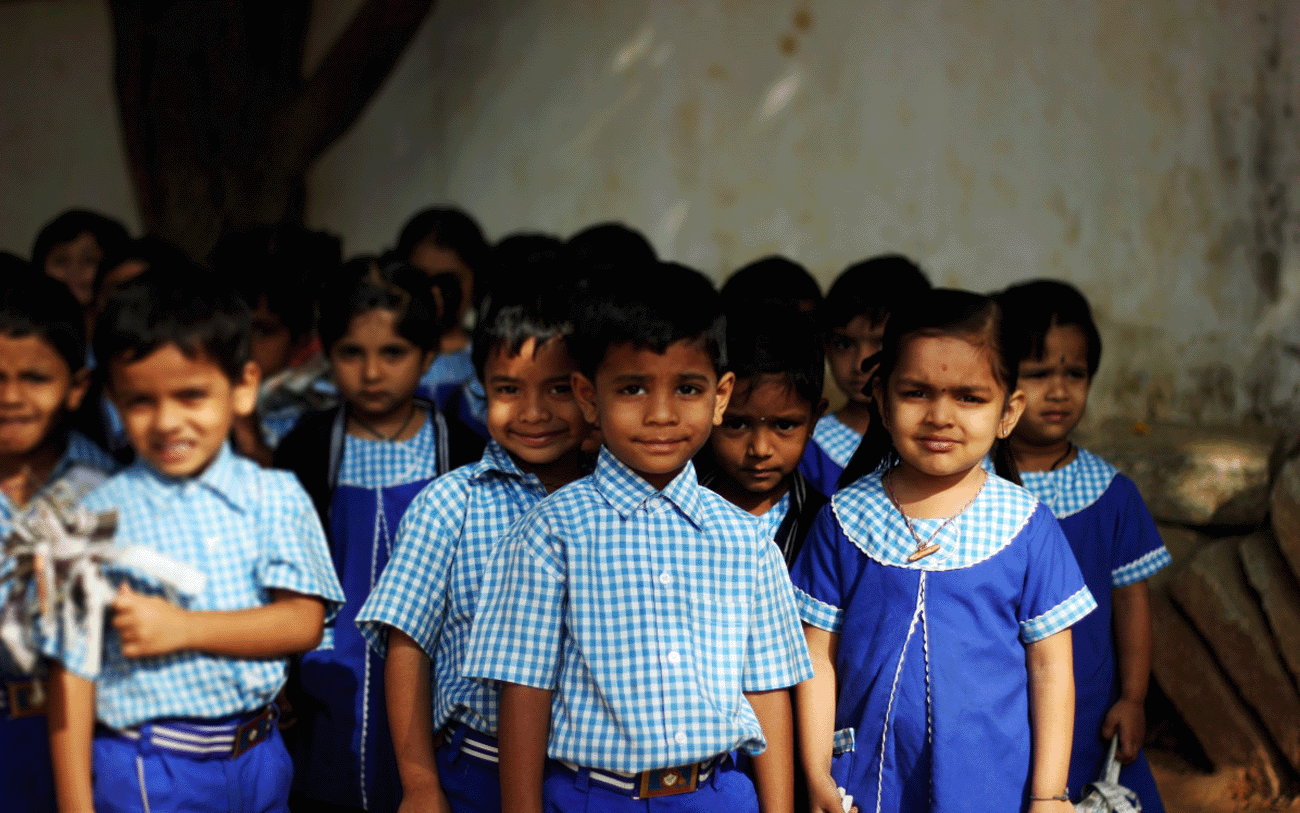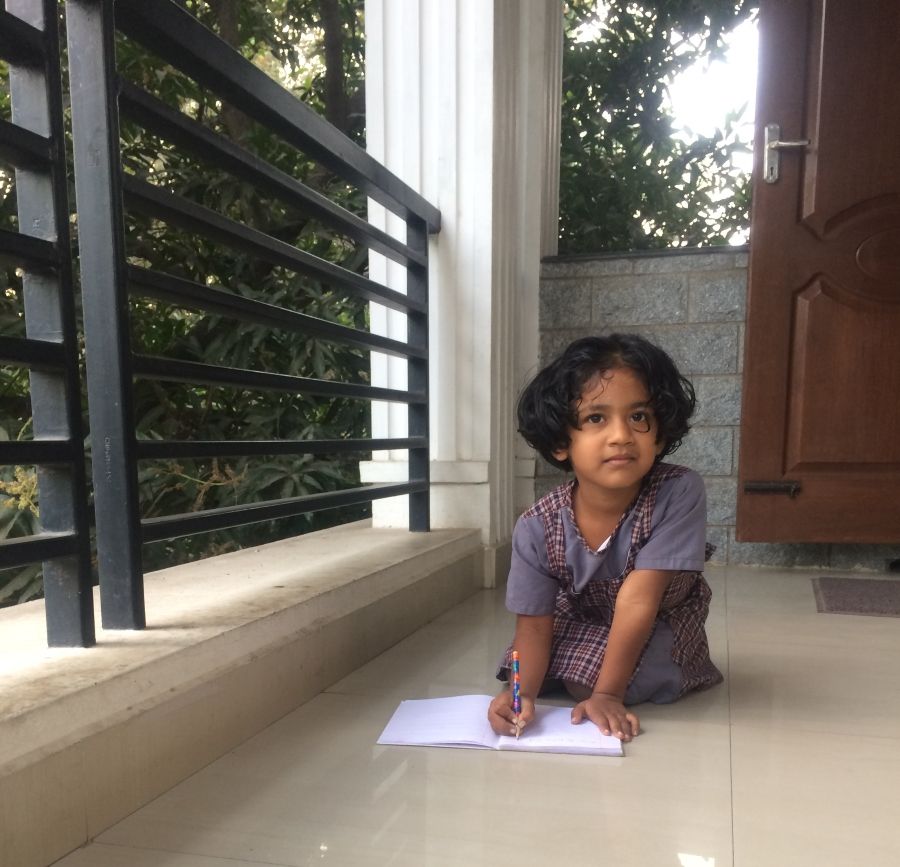The Third Language Opportunity
India is a country that boasts of unparalleled linguistic diversity, with over 100 languages spoken and 22 official languages. However, this diversity also poses a challenge in terms of preserving and promoting India’s rich linguistic heritage.
The Misconception of a Monolithic India: The Reality of 100+ Languages
Contrary to popular belief, India is not a monolithic entity with one language spoken across the country. This misconception overlooks the reality of over 100 languages and thousands of dialects spoken in India, each with its own unique culture, history, and identity.
In fact, India’s linguistic diversity is one of its defining characteristics, with each region and state having its own unique language and dialects.
The Problem of Illiteracy in Mother Tongues
Despite the beauty of India’s linguistic diversity, there is a significant problem of illiteracy in mother tongues. It is crucial to address this problem as it can lead to the loss of cultural and linguistic heritage. The inability to read and write in one’s mother tongue can also lead to a disconnect between generations and make it harder to pass down cultural knowledge and traditions. Many people in major metros across India are unable to read and write their mother tongue, despite speaking it fluently.
For example, in Chennai, many people speak Telugu at home but cannot read or write it. The same is true for individuals in Bangalore, Mumbai, Delhi, Kolkata, and more. This is a significant issue that needs to be addressed to preserve our language and culture.
The Importance of Preserving India’s Linguistic Heritage
Preserving India’s linguistic heritage is essential to maintain cultural diversity and identity. Language is a fundamental part of a community’s identity, and the loss of a language can lead to the loss of an entire cultural system. The promotion of linguistic diversity can help create a sense of pride and unity, where each language is valued and celebrated.
The Role of Schools in Preserving India’s Linguistic Heritage
The preservation of linguistic diversity is a crucial aspect of India’s cultural heritage. Learning mother tongues as a third language in schools can play a significant role in preserving India’s linguistic heritage. E.g. The 3rd Language for a Malayalam Student in Tamil Nadu could be Malayalam, or a Telugu student learn Telugu, Kannada Student learn Kannada, and so on…. Other States could also do this. It not only promotes the use of the language but also helps in developing a sense of pride and identity among students.
Currently, many schools in India do not provide an option for students to learn their mother tongue as a third language. This can lead to a disconnect between students and their cultural roots. By providing this option, schools can help students maintain a connection with their linguistic heritage.
In addition to preserving India’s linguistic diversity, learning mother tongues can also have cognitive benefits. Studies have shown that children who are bilingual or multilingual have better cognitive abilities and are better at problem-solving and critical thinking.
Therefore, it is important for schools to recognize the value of learning mother tongues as a third language and incorporate it into their curriculum.
Promoting linguistic diversity can help create a more united India, where people from different regions and states can come together and celebrate their unique cultures and traditions. By learning and appreciating each other’s languages, we can break down linguistic barriers and build stronger bonds across India.




Leave a Reply